Creativity in the House
The 92Y reopens for some classes
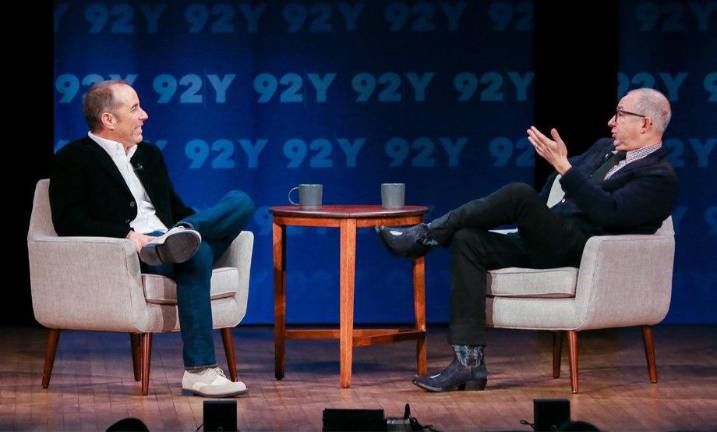
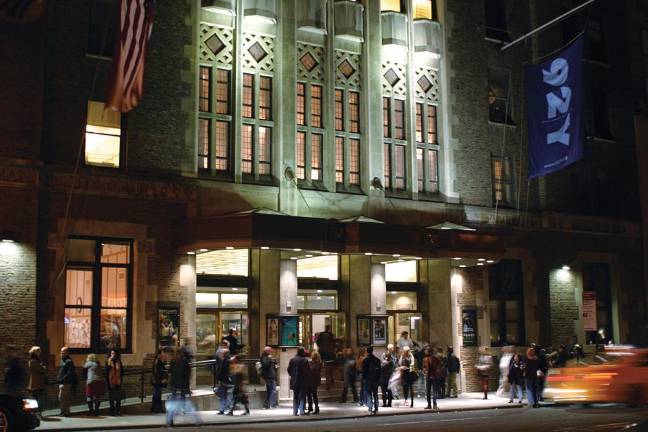
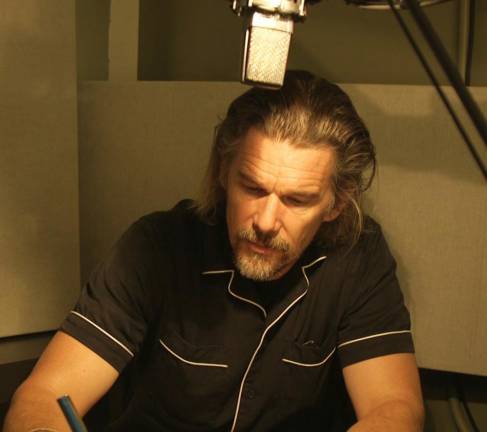
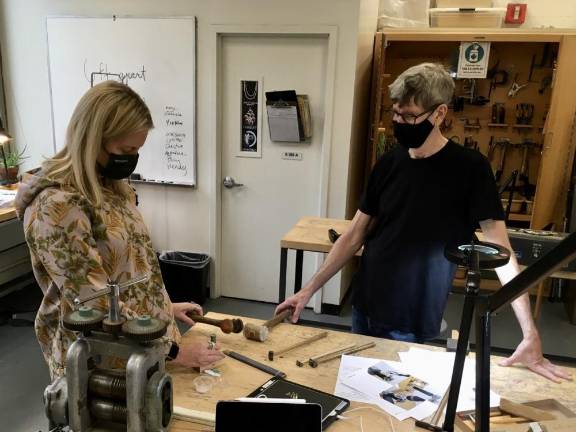
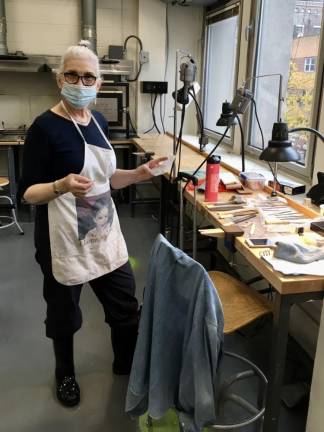
Need to brush up your Shakespeare? Want to make a movie, learn to play an instrument, or figure out how to bake bread, now that you’ve finally got all that yeast? The 92nd Street Y can help.
Last spring, when the pandemic forced the closure of so many cultural institutions, the 92nd Street Y swiftly turned to virtual programs. It was one of the first and most successful transitions of any cultural institution in the city. Within days of closing its doors, classes and talks went online, and in early April, 92Y even hosted a free, virtual Passover Seder and invited everyone to join. Hundreds did.
“Our last day pre-pandemic for in person classes was March 12th, and on March 13th we pivoted to 100% online,” said Alison Valchius, director of the 92Y’s Arts Center. “We started preparing 3 or 4 weeks beforehand. All the great people who work at the Y really put an extraordinary effort in to make the transition as seamless as possible.” Since that time, the online attendance for events jumped from about 300,000 to over 3 million, and the 92Y transformed from a presence on the Upper East Side to a global one with an international audience.
The legendary building with the address known around the world just celebrated its 90th anniversary, but the organization is even older. It was founded as the YMHA in 1874 by leaders of the German Jewish community with a mission of providing for spiritual, intellectual, social and creative growth. 92Y has survived the Depression, 9/11, and, now, its second pandemic. Its impact on New York and the arts over the years is incalculable. The “Symposium on Modern Dance” in 1935 introduced four young choreographers, including Martha Graham. Alvin Ailey’s dance company made its debut at the 92Y in 1958. Thelonious Monk played jazz and Dylan Thomas read “Under Milkwood.” Comedians, politicians, authors and chefs regularly stop in to share secrets, insights, recipes and jokes.
Virtual Offerings
With a vast and varied array of offerings ranging from lectures and concerts to zumba and art lessons, 92Y kept the creative fires lit when many stages and studios went dark. World class performances reached audiences remotely, lively discussions took place online, and virtual classes transformed kitchen tables to art studios from here to California and Europe. “We’ve been so pleasantly surprised with the reception,” said Valchius. “It’s been inspiring.” But now, she said, it’s time to welcome the community back in.
In September, smaller, staggered classes started to reopen for in-person lessons. Jewelry-making, bead work, collage, ceramics and more are offered in four-week courses. Temperatures are checked, health screenings are done for teachers and students, and hand sanitizer and masks are required. Class sizes are kept small, and in some workshops, large monitors have been installed so every student can see the instructor without having to crowd around. Some classes are given both online and in-person for those who live too far away or may not be ready to come in.
In-house art exhibitions have been replaced this year with “Works in Progress” a series of online shows, open to the public that include free talks with curators and artists. The first, “Between Land and Sea,” curated by Stephanie Baptist, features audio, video and photography from multi-disciplinary artists Simon Benjamin and Timothy Yanick Hunter.
On October 19th, Ethan Hawke came to 92Y’s recording studio to do a five part, three-hour reading from Marilynne Robinson’s novel, “Gilead,” an extraordinary contemplation on faith, love and kindness. “Gilead has always been deeply moving to me. You leave the book feeling grateful for being alive,” Hawke said. “The world feels so rocky right now. It’s kind of nice to have Robinson’s peace — to touch it like a stone.” The 92Y stage is now in use for socially distant acting and dance classes (but no singing), and many exercise classes at the May Center have reopened.
“Health and safety is by far our number one priority,” said Valchius, adding “the thing everyone’s missed most is the community. Being together – there really isn’t a substitute for that. It’s felt so different not having artists working in the studio, not hearing hammers clinking in the background and smelling paint in the halls. That first day of classes was a really joyful day for us all. One of our main goals was to make sure our community still has a place to go. The Y can feel like a second home to them.”
Information and the exhibition are at www.92Y.org